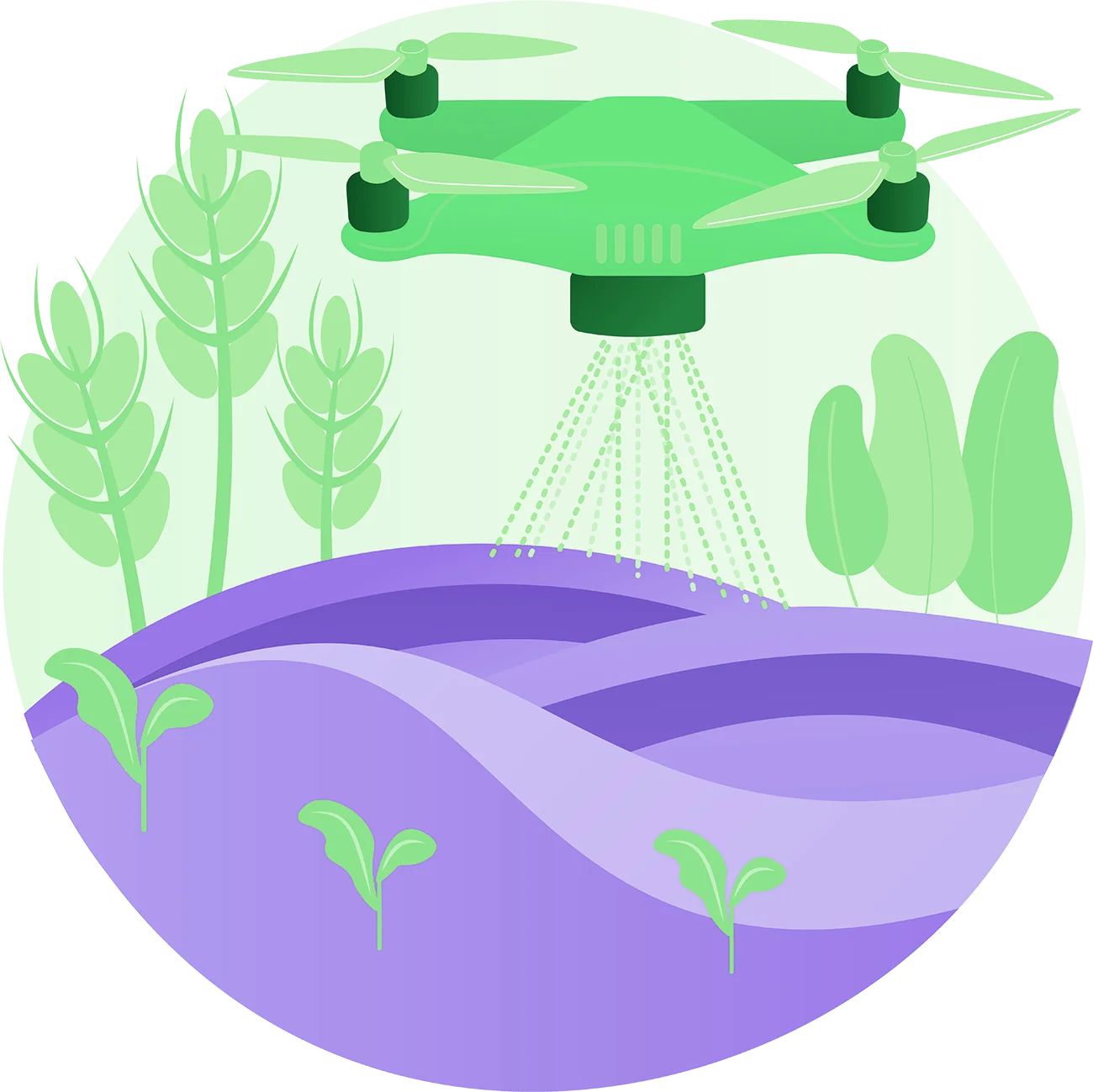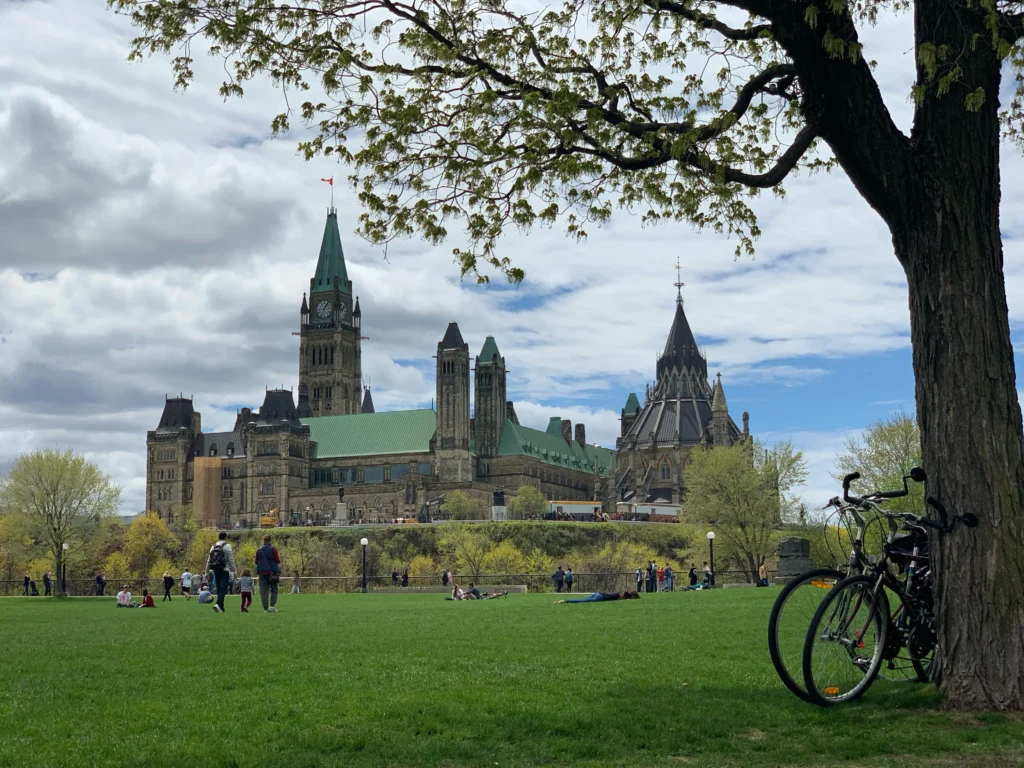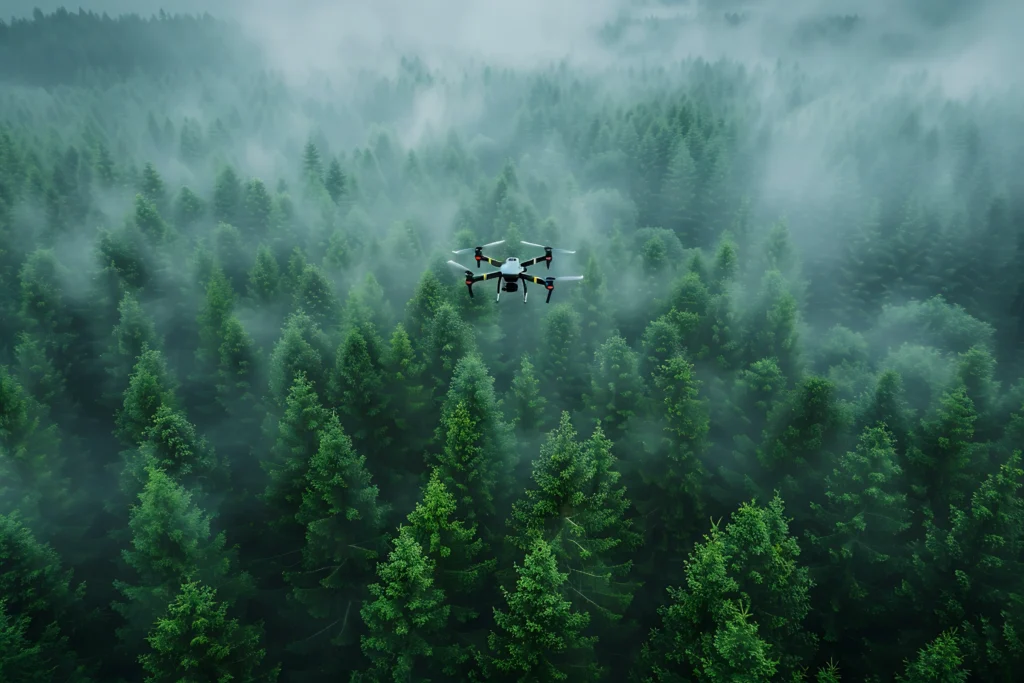Canada’s sprawling forests, stretching across nearly 35% of its landmass, are more than just a scenic backdrop—they’re a cornerstone of the nation’s ecological and cultural identity. Yet, these vital ecosystems are under siege. According to Natural Resources Canada, over 1.2 million hectares of forest cover vanished between 2000 and 2020, felled by logging, urban sprawl, and the intensifying effects of climate change.
The stakes are high: biodiversity is eroding, carbon emissions are climbing, and the clock is ticking. Enter drones—an unexpected ally in the fight to restore what’s been lost.
The Technology Behind Drone Reforestation
At the heart of this revolution is cutting-edge technology. Drones equipped with artificial intelligence (AI) and GPS don’t just fly—they strategize. These machines scan the terrain, assess soil conditions, and pinpoint the best spots for planting, all with a precision that human hands can’t match. Once the data’s crunched, they deploy biodegradable seed pods—ingenious capsules packed with seeds, nutrients, and mycorrhizal fungi to boost germination.

Toronto-based Flash Forest is leading the charge. Their drones can sow up to 10,000 trees a day, a feat that leaves traditional methods in the dust. Tailored to tackle Canada’s rugged geography—from the dense boreal forests of the north to the rocky slopes of British Columbia—this technology is as ambitious as the landscapes it aims to restore. But how sustainable is it, really?
Advantages of Drone Reforestation
The case for drones is compelling, especially in a country as vast and wild as Canada. Traditional reforestation often falters in remote regions—think the fire-scarred forests of Alberta or the steep cliffs of the Rockies, where human planters risk life and limb. Drones don’t flinch. They zip into these hard-to-reach zones, planting at speeds up to 10 times faster than manual labor. Flash Forest claims their tech can cover 100 hectares in a day—numbers that demand attention.
Precision is another edge: AI ensures seeds land where they’re most likely to thrive, boosting survival rates. Then there’s cost. At roughly $0.50 per tree compared to $1-$5 for hand-planting, drones could stretch tight budgets further, a boon for cash-strapped environmental programs. In a nation where scale matters, these advantages could be game-changers—if they hold up under scrutiny.
Environmental Benefits
The environmental payoff is where drones start to shine. The federal government has pledged to slash greenhouse gas emissions by 40-45% below 2005 levels by 2030, and reforestation is a linchpin in that plan. A single hectare of drone-planted forest can sequester up to 20 tons of CO₂ annually, locking carbon away while rebuilding habitats for struggling species like the woodland caribou and northern spotted owl.
Beyond carbon, these forests stabilize soil, curb erosion, and temper local climates—critical in a country increasingly battered by wildfires and floods. In British Columbia, where blazes have torched millions of hectares in recent years, drones could accelerate recovery. But are these benefits as robust as they sound, or are we banking too much on a high-tech fix?
Challenges and Limitations
Dig deeper, and the cracks appear. Seed supply is a bottleneck—native species like black spruce or trembling aspen aren’t always available in bulk. The Canadian Seed Bank has flagged shortages, raising questions about scalability. Then there’s regulation. Drones buzzing over forests must dodge strict airspace rules, especially near cities or wildlife sanctuaries, and Transport Canada isn’t known for cutting red tape fast.
Ecosystems add another layer of complexity. What works in the temperate rainforests of the Pacific Northwest might flop in the Yukon’s taiga. And survival isn’t guaranteed—climate swings, pests, and drought could undo early gains, demanding long-term monitoring that’s often underfunded. Are we ready to tackle these hurdles, or are we overhyping a solution before it’s proven?

Collaborative Approaches for Success
No technology succeeds in a vacuum, and drone reforestation is no exception. Collaboration is the glue holding it together. The federal government’s 2 Billion Trees program, aiming to plant its namesake by 2030, has tapped innovators like Flash Forest to weave drones into the mix. NGOs are pitching in too, but the real wildcard is Indigenous involvement.
With over 25% of the nation’s forests under their stewardship, First Nations like the Cree in Quebec are exploring drones to restore logged lands, marrying tech with traditional ecological knowledge. These partnerships could ground the tech in local realities—but only if they’re equitable. Are Indigenous voices truly shaping these projects, or just rubber-stamping them?
Future of Drone Reforestation
Peering ahead, the horizon looks tantalizing. Researchers at the University of British Columbia are tweaking AI to predict planting windows based on weather shifts, while biodegradable pod designs evolve to withstand harsh winters. If these breakthroughs pan out, drones could scale up from pilot projects to nationwide campaigns. With its tech talent and forest legacy, the country could even lead the world in this space, exporting know-how to deforested regions globally. But scaling up means more investment, better policies, and a willingness to learn from failures. Can we seize this moment, or will we stall on the cusp of transformation?
Conclusion
Drones are rewriting the rules of reforestation in Canada, blending speed, smarts, and sustainability into a tool that could heal a wounded landscape. The evidence is mounting: from Flash Forest’s dizzying planting rates to the carbon-sucking power of new forests, the potential is real. Canada stands at a crossroads. With the right collaboration and resolve, this technology could redefine how we fight deforestation, not just here but worldwide. Readers, the story’s unfolding—support these efforts, demand transparency, and keep asking the tough questions. Our forests depend on it.


